Indianapolis Industrial Pipeline Balloons, Vacancy Shifts
Construction activity surged through midyear, while deliveries cooled, according to Yardi Research Data.

Indianapolis’ industrial market maintained its positive momentum through June, driven by a sharp increase in construction activity and a growing development pipeline, Yardi Research Data shows. Developers responded to demand with a mix of speculative and build-to-suit projects, pushing the volume of space under construction to more than 5 million square feet—nearly triple the amount recorded a year ago.
At the same time, the metro experienced a notable slowdown in deliveries, with more than 750,000 square feet completed year-to-date—one of the lowest volumes nationally. Vacancy rates edged above the U.S. average, while sales activity remained consistent, though pricing continued to trail other major markets.
Development pipeline more than doubles
As of the end of June, 5.1 million square feet of industrial space was under construction in the metro, according to Yardi Research Data. The pipeline more than doubled compared to the same period last year, when almost 1.8 million square feet of industrial space was under construction across four properties.
The 14 facilities under development account for 1.3 percent of the total stock, slightly lower than the 1.6 percent national average. Among peer markets, only Phoenix (3.8 percent) and Atlanta (1.9 percent) recorded higher numbers.

In the first half of 2025, more than 1 million square feet of industrial space—across three facilities—broke ground in Indianapolis, accounting for 0.3 percent of total stock.
One of the metro’s largest developments currently under construction is VanTrust Real Estate’s 746,672-square-foot build-to-suit facility for Sephora in Avon, Ind. The 61-acre property will serve as the beauty retailer’s Midwest distribution center and is scheduled to come online this year.
Swiss health-care company Roche has announced plans to invest up to $550 million in the expansion of its Diagnostics campus in Indianapolis by 2030. The site is set to become a key manufacturing hub for continuous glucose monitoring systems. This initiative is part of a broader $50 billion investment across 24 sites in eight U.S. states, unveiled in April. While the company did not disclose the square footage tied to the Indianapolis expansion, the project marks a significant step in Roche’s nationwide growth strategy.
Indianapolis industrial delivery volume shrinks
Only 752,500 square feet of industrial space came online in the metro year-to-date through June. This marks a considerable decline year-over-year, when 10 projects spanning 3.7 million square feet were delivered.
The metro recorded one of the lowest industrial deliveries in the nation. Phoenix (11.2 million square feet) and Kansas City (10.6 million square feet) led nationwide.
Ambrose Property Group delivered Building III—a 233,000-square-foot facility—in Whitestown, Ind., marking a key milestone within the Indianapolis Logistics Park Northwest. This completes the first phase of the campus, which now totals over 700,000 square feet across three buildings.
Investment activity holds steady
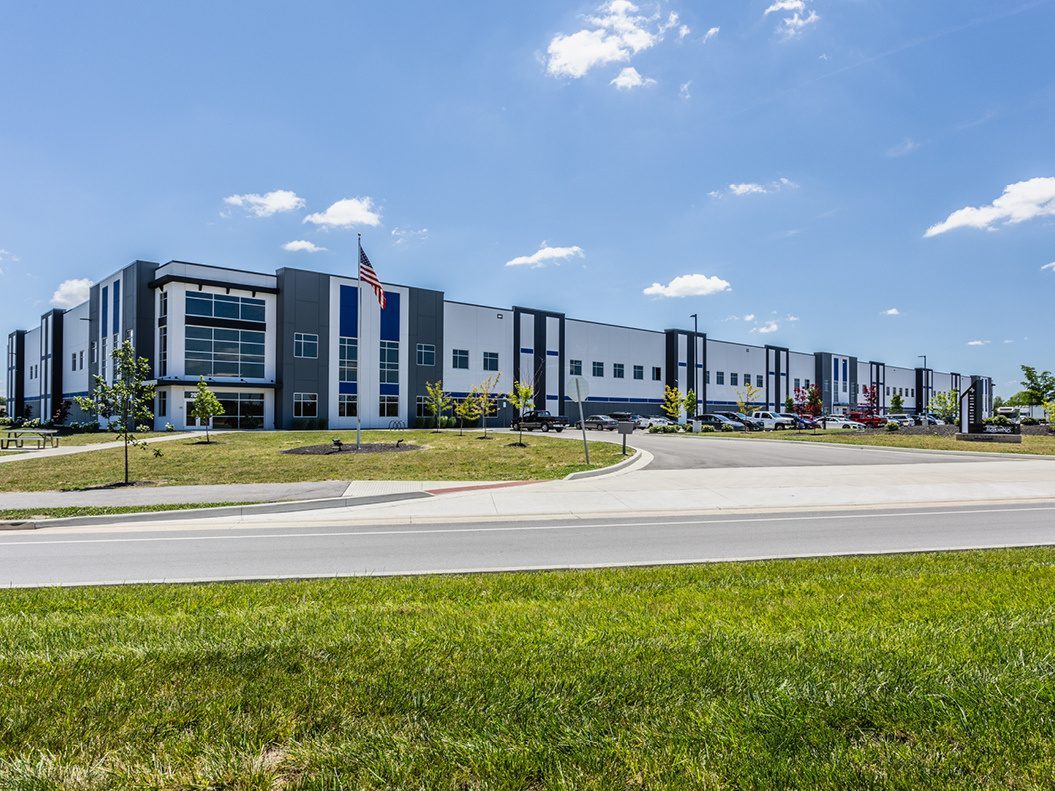
Year-to-date through June, Indianapolis logged $175.7 million in industrial sales at an average price of $100.99 per square foot—lower than the national average of $139.82 per square foot. A total of 21 properties exchanged hands, accounting for 1.7 million square feet.
Only Chicago posted a similar average ($96.09 per square foot), while markets such as New Jersey ($245.26) and Phoenix ($247.68) far exceeded the national average.
In March, Sealy & Co. purchased NorthPoint One, a Class A, 182,000-square-foot industrial facility in Westfield, Ind. Holladay Properties sold the property at 20099 N. East St. just east of U.S. Highway 31.
Vacancy rate climbs above national average
The vacancy in the metro clocked in at 10 percent as of the end of June, higher than the national average of 9.0 percent. Kansas City (4.6 percent), Inland Empire (8.0 percent), Atlanta (8.2 percent) and Phoenix (8.2 percent) all fared better than Indianapolis in terms of vacancy. On the other side of the spectrum, New Jersey (11 percent) and Chicago (12.3 percent) recorded even larger rates.

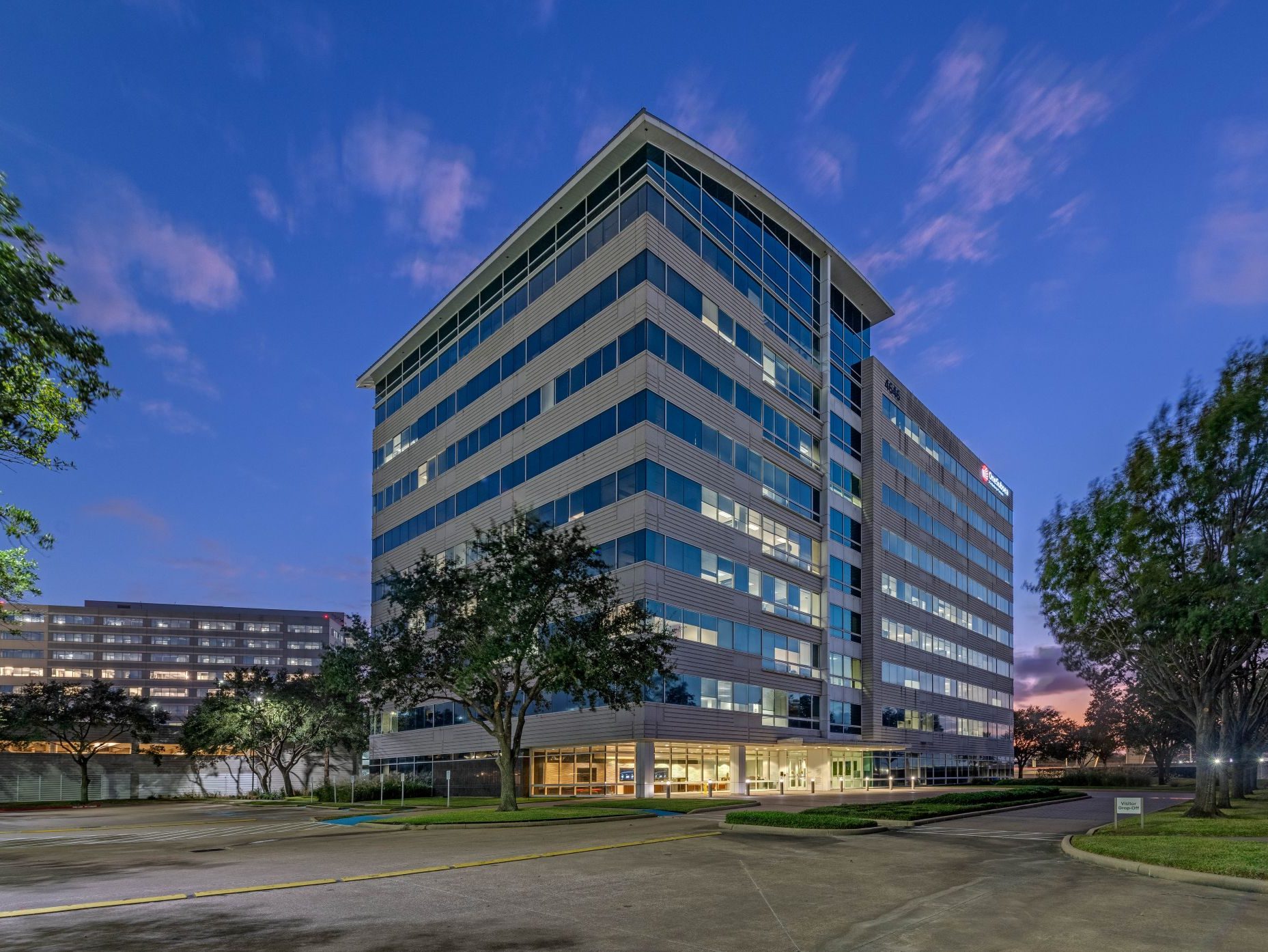
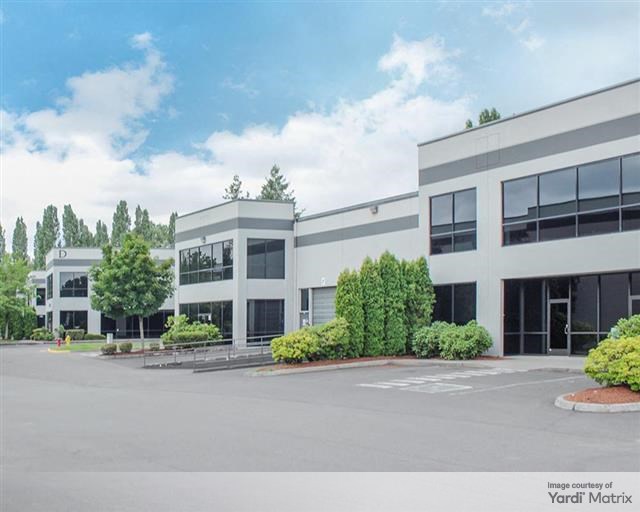
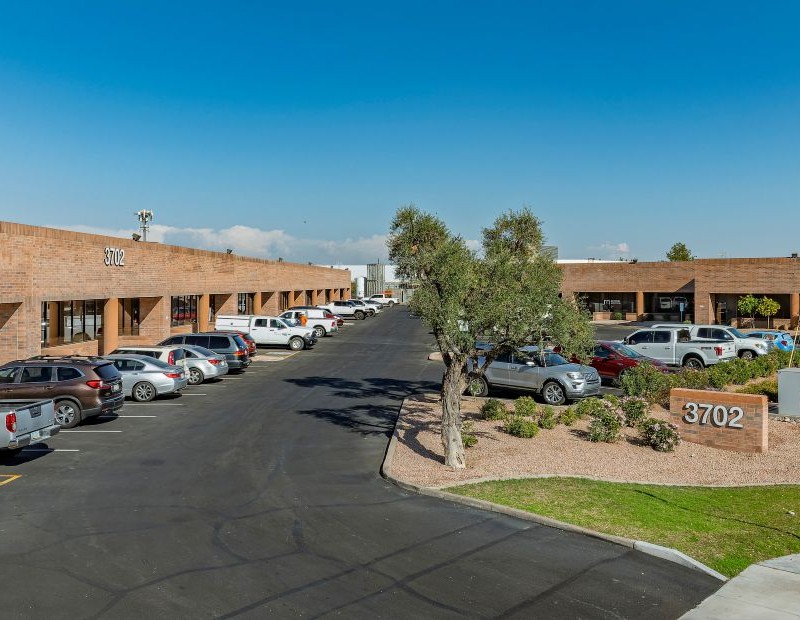
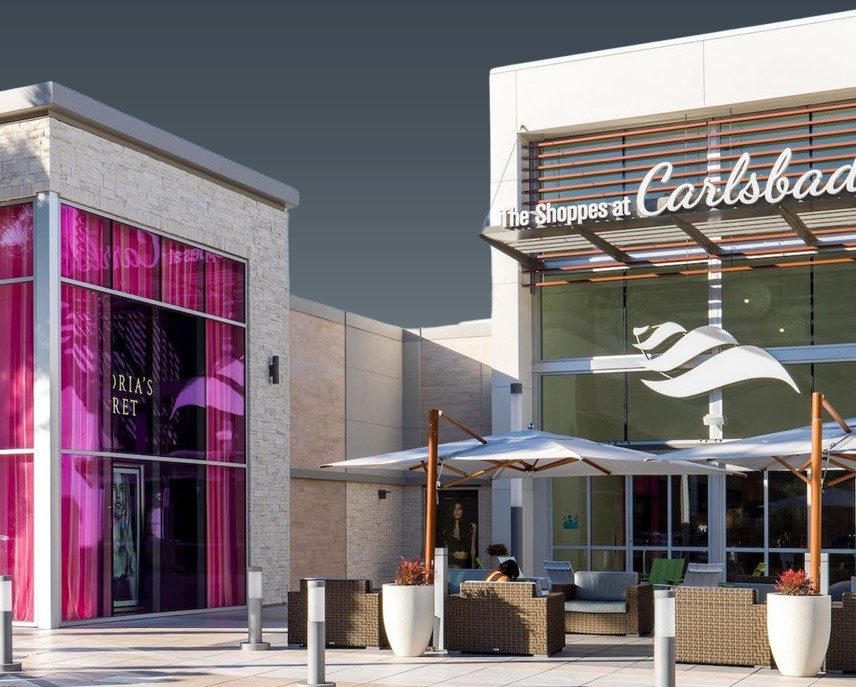
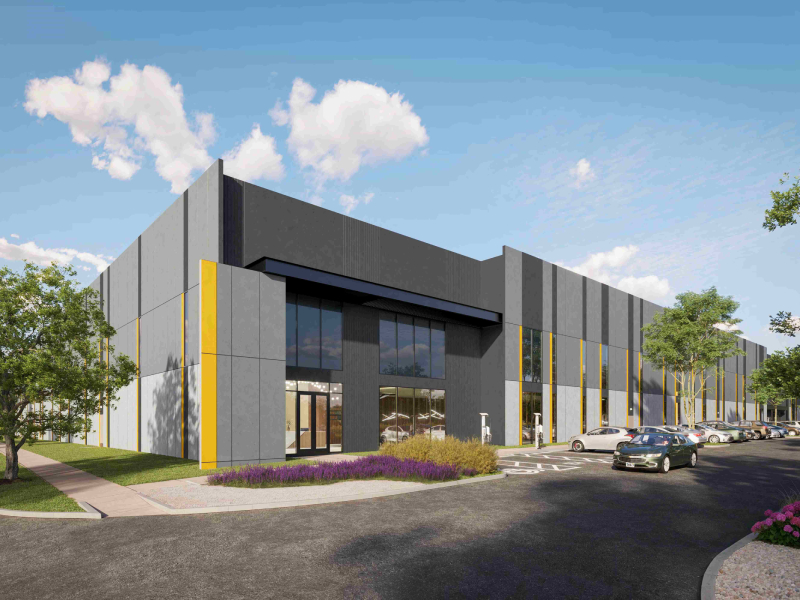

You must be logged in to post a comment.